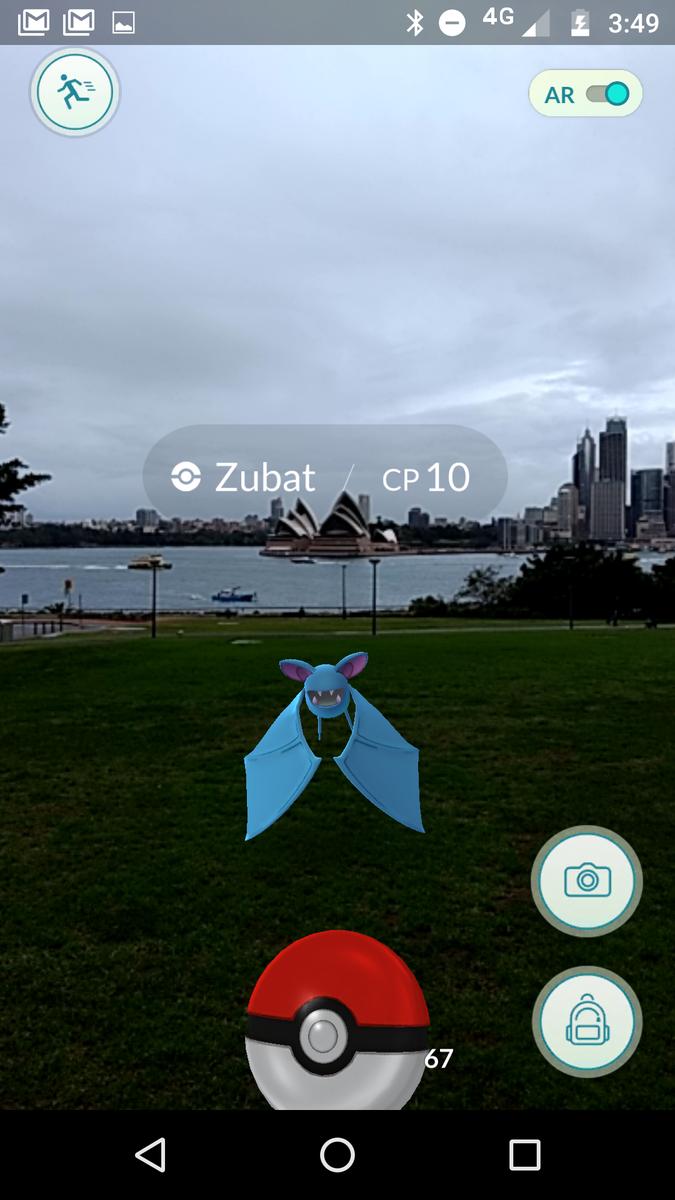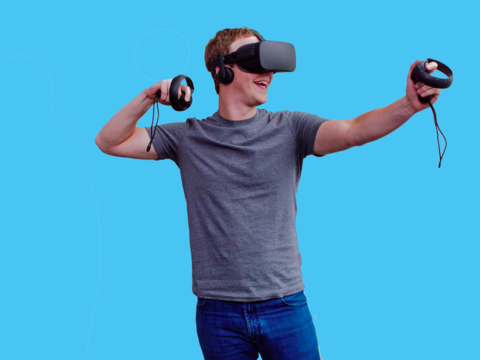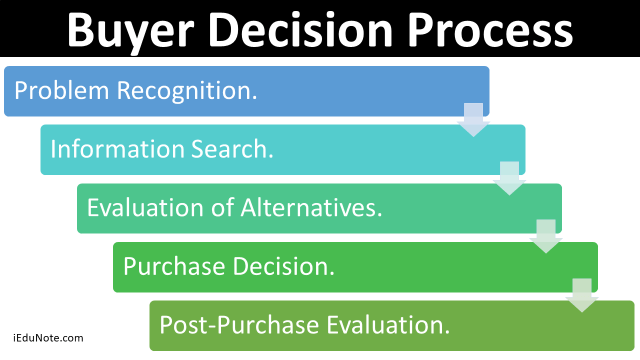Reality Reloaded: A look at the future of AR & VR in social media
AR features are rapidly infiltrating the mainstream social media apps and e-commerce platforms. These are so much more than a marketing gimmick! Find out.
Remember when Pokemon Go came out?
Those were simpler times. Local parks and squares were full of people running around on their phones, desperate to catch a Charizard or even their 20th Zubat.
Pokémon Go uses the real world as a background for its gameplay.

The hype around that game has died down. However it proved a useful test of an old technology, with a new purpose. AR or augmented reality was catapulted into the mainstream. It proved that people were ready to use it when in the past it had flopped.
Google Glass, anyone?
The market was not ready for an invasive wearable technology that made you look like some cyberpunk hipster. But phones? We all have one and it's already in your pocket waiting to be whipped out and pointed at the next Pikachu.
A huge investment is going into creating new digital spaces and experiments in social networking. Virtual reality and augmented reality will have a huge growth in the coming years.
As businesses how can we follow our audiences into the future?
Technology has developed more in the last 30 years than anyone could have imagined. Especially when the internet as we know it was only developed in 1989. As modern marketers we have to stay ahead of advancements in technology, and predict how they will change the way we connect our brands, with our customers.
Already we have seen a shift in the way consumers value products. Today the experience is everything, and the way we experience a product determines if we will buy or use it again.
The social media giants behind Facebook and Instagram have known this for a long time. They knew if they were able to get everyone on to their platform, and posting content, it would give the users a reason to keep coming back.
Now they have a whole new experience up their sleeves.
Virtual reality
VR has long been thought of as a sci-fi wet dream, but now it seems like the obvious next step.
The first hurdle was the hardware. When Facebook acquired Oculus Rift in 2014, they were making sure they had an accessible and affordable device ready to create awesome VR experiences.
Now Mark Zuckerberg has made his goal clear he wants to connect one billion people in virtual reality.

Brands adapted to social media slowly. It took some time before marketers realised that the older mediums of advertising where no longer as effective. Now we know the power of the targeted and direct advertising and the kind of ROI an effective social media campaign can bring.
Some companies are already bringing together product demonstrations, virtual tours and even live music experiences.
One Queenstown real estate agency are already doing VR tours of their properties.
“We live in an increasingly savvy and tech based world, so these tools of the trade are not going to be an ‘added bonus’ to the sale of a home, but expected.”
These experiences might not work for every type of business, they can be expensive to create and frankly not enough people have access to the hardware yet.
But there's something in your pocket that can do something far more valuable.
Augmented reality is more than just floating puppy ears
Celebrities sharing pictures of themselves boosted Snapchat's popularity

Snapchat took the world by storm with its lenses. This gave us a glimpse of how simple and yet effective AR could be.
People love to take selfies, but how awesome is it to add a wreath of flowers, or have rainbows flow out of your mouth?
This is the stuff that we want to share. Shares mean more people see it and want to try it themselves and FOMO is one of the best tools a marketer can employ.
This is one of the most applied uses of AR that brands can get behind. Imagine getting your own branded lens trending. Did you see this one from Fanta?
Augmented reality is another huge area of focus for the team at FB. Their messenger service has already had an AR overhaul with big companies like Nike showing how this can be used to create hype in chat groups around a product.
You can do all this without writing a single line of code
All this looks very exciting, but you’re probably left thinking how on earth you would be able to use this in your own business.
Last year, Facebook launched Spark AR. A design suite that give lots of accessible and easy to use AR tools, that makes creating these experiences simpler than ever before. An active developer community has already formed around Spark, with people uploading different ways they are using the new technology. Facebook's push in this area shows how much confidence they have in the future of AR.
At the recent F8 developers conference a lot of stage time was given to AR and the design challenges brands may face when coming up with virtual content. One thing that rang true from Campbell Orme a product designer from spark, was that people will come to expect businesses to have an AR presence.
"It will become as commonplace as a restaurant having a website"
Try it on!
One of the most exciting uses will be for online retailers. As anyone who sells anything online already knows, one of the most difficult challenges faced during the decision process is the ‘Evaluation of Alternatives’ stage.

This is the stage when most customers are lost. The simple fact of the matter is, when we can see, touch, try and compare physical products our decisions seem more based in reality.
We know exactly what we are purchasing.
Online this is not always so clear. So, imagine giving your customer the chance to ‘try’ out those new glasses or check the shade of lipstick before making the commitment.
Online retailers the world over have to make huge losses to maintain a free and easy returns policy, just to push customers to click that 'order' button. Trying on or trying out a new product using the tech that's already in your pocket will save businesses heaps of money, time and logistical nightmares.
As well as giving value to customers who would have otherwise been lost to the great abandoned shopping cart in the sky.
Virtual fad or new reality?
There are some fun ways that this fancy new tech could slip into your existing digital marketing strategy. This could be a lens or filter promoting an event which pushes people to share it and raise awareness. You could even set up an easter egg hunt using real life locations, to create a buzz and allow users to unlock new content.
If people can play and engage with new things then they will feel more of a reward, and be that much easier to convert.
While this is not something businesses can be expected to get going right now. It's always a good idea as savvy marketers to keep an eye on what trends are just around the corner. Early adopters can be the trend setters in their area.
And who doesn’t like the bragging rights of being the first.







